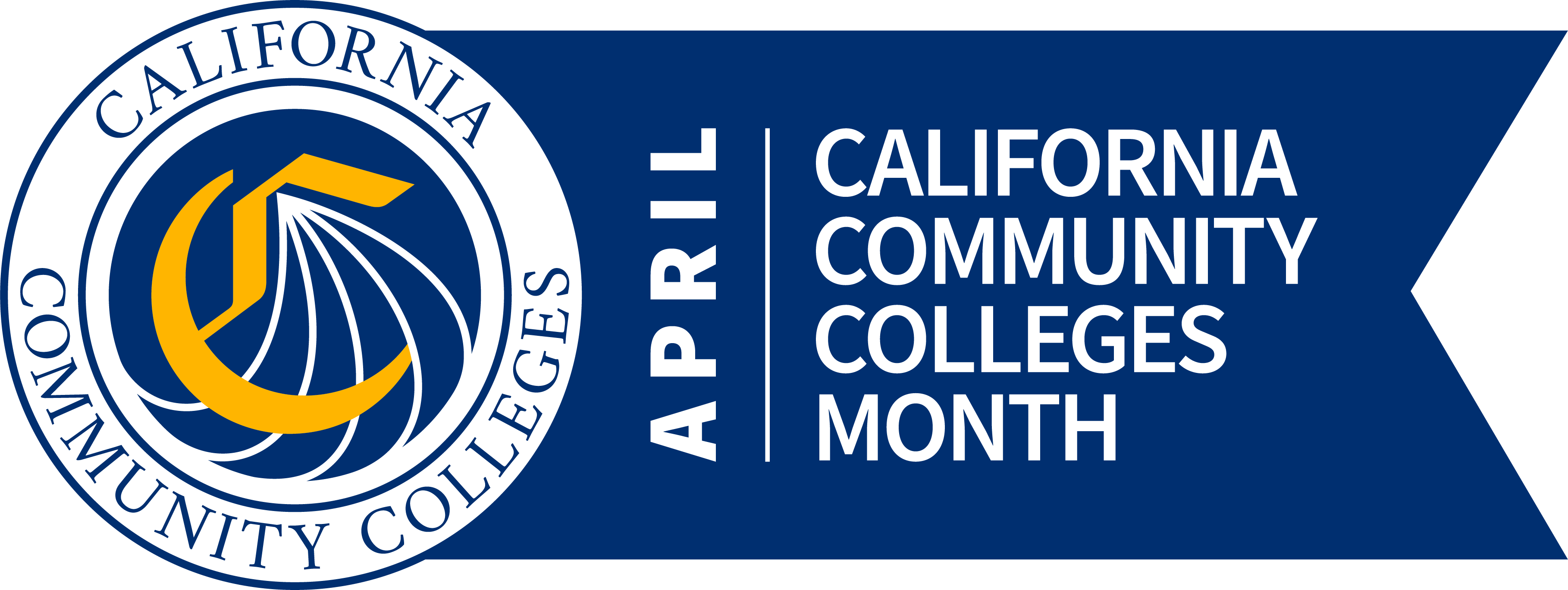Below are answers to commonly asked questions about fraud. Be sure to check this page often for new information and updates.
Please refer to these comprehensive instructions released by the Department of Education.
The final decision for all applications rests with the local colleges. Contact your College Admissions & Records helpdesk to resolve any issues causing concerns.
- Online: ccchelp.info
- Email: support@openccc.net
- Phone: (877) 247-4836
- TTY: (844) 488-9726
This list is not comprehensive, but should provide students, college district employees and the public with a sense of the complexity associated with these terms.
- Email Account Fraud: This method of fraud targets the .edu email accounts that are typically provided to students during the college admission or enrollment process. Once obtained, the .edu account affords the bad actor with access to free or discounted services. Bad actors often use scripted methods to obtain these accounts (“bots”). These email accounts may also be used for sending spam emails, phishing attacks or other nefarious acts. Although his type of fraud is typically associated Admission Application or Enrollment Fraud, it can also lead to Financial Aid Fraud.
- “Pell Runners” (aka “Ghost Students”): While the timing and amount disbursed depends on application information submitted and local college/district policy, bad actors typically seek to receive at least one Pell Grant disbursement with no intention of completing a course or courses using a stolen or fictitious identity. In 2023, “Pell Runners” increasingly used automated scripts, or “bots,” to gain admission to one or more colleges and enroll in classes in patterns that maximize Pell disbursement. These bad actors are associated with Application Fraud to then enable Enrollment Fraud by filling classes and then Financial Aid Fraud to receive money – namely Pell Grant funds.
- “Straw Students”: This relatively sophisticated type of fraud carries significant risk to colleges as bad actors target federal, state and local aid, including student loans. “Straw students” were originally encountered as part of an organized fraud rings where a ringleader would recruit individuals to either use their own or a stolen identity to commit Admission, Enrollment and/or Financial Aid Fraud with the promise of a kickback from the funds stolen. The “straw students” then attend classes – often, but not exclusively online – long enough to receive aid and disappear shortly thereafter. Combatting fraud rings of “straw students” can be difficult as these human-orchestrated attacks can occur with the use of Artificial Intelligence (AI), including “bots.” This has allowed for ringleaders to use an AI for fake class attendance and as part of attempts to maximize aid. While originally very easy to detect, “bots” associated with “straw students” and “fraud rings” are rapidly improving in sophistication.
This list is not comprehensive, but should provide students, college district employees and the public with a sense of the complexity associated with these terms.
- “Bot” Fraud: The term “bot” has been commonly used to describe all fraudulent actors, but that is not entirely accurate as humans take direct part in many forms of non-human, scripted or even Artificial Intelligence (AI) fraud attempts. As such, the California Community Colleges see a mix of bots and humans participating in Admission Application, Enrollment and/or Financial Aid Fraud.
- Fraud Rings: Groups of criminals from around the world committing fraud as a “business” are known as Fraud Rings. These groups have the funding to develop fraud bots, purchase stolen identities, hire fake students, employ Fraud Scouts and automate fraud attacks against the California Community Colleges on a large scale. Fraud rings commit Application, Enrollment and/or Financial Aid Fraud.
- Fraud Scouts: Fraud Scouts are typically a fake applicant – i.e., a real person using their own or a fake identity – who does not request financial aid but tries to gather information and class materials from their classmates with minimal, if any, meaningful class attendance. They then use the material obtained to inform future “Straw Student” or “Fraud Ring” behavior in those and/or similar courses.
- Professional Fraudsters: The Professional Fraudster is a real person who enrolled in and attends multiple colleges, often times using course participation and homework completion services to obtain aid fraudulently from multiple institutions with minimal effort. Professional Fraudsters commit Application, Enrollment and/or Financial Aid Fraud.

